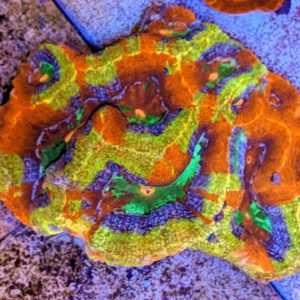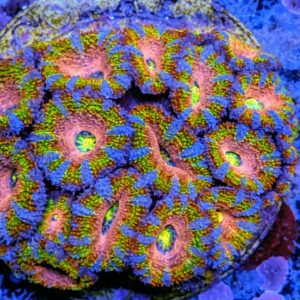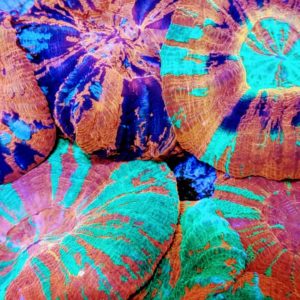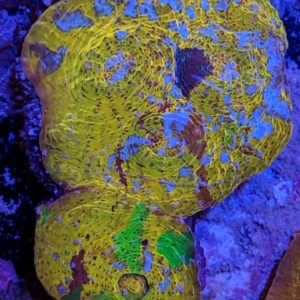By: Vincent Chalias
In the last week, we spent some time with coral collector Nic Dos Santos from Ultra Coral Australia. Nic is a dedicated, passionate collector, and like everyone else, we thought he had the dream job, but we had no idea how much work goes into collecting these coral jewels for our tanks.
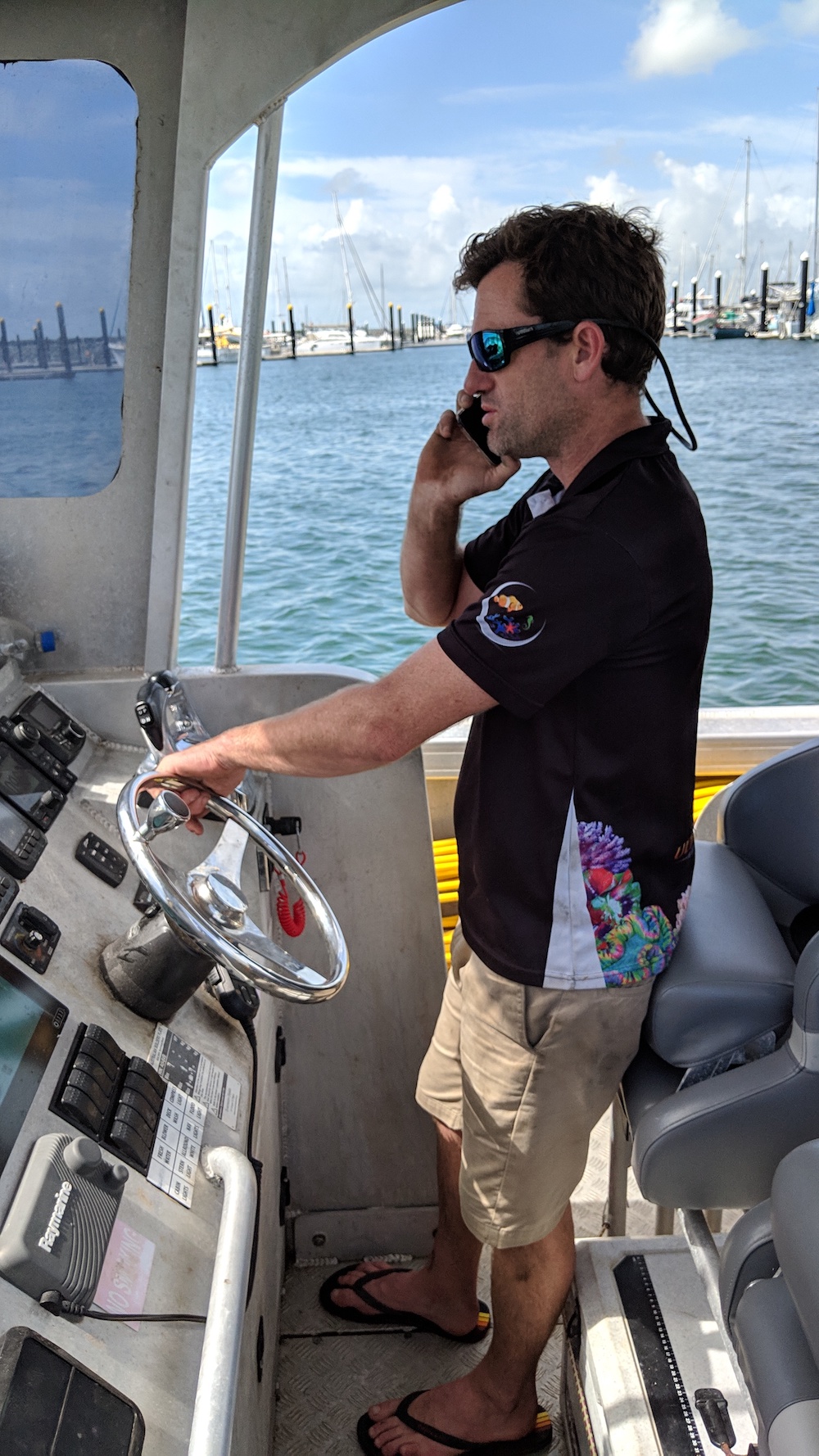
Most peoples believe that collecting corals is an easy job, living the dream in a paradise place, diving pristine coral reefs. Well, trust us, the first line of the job description, should be ‘Are you a coral maniac?’
Even if we leave aside the issue of sharks, crocs, square box jellyfish or sea snakes, even a puffer fish is a potential threat in these waters, not to mention, titan triggerfish… the list goes on for a while. So basically anything can kill you, but ‘no worries mate’ that’s just footnotes in the life of a coral collector.
First of all, the reefs are not close by – it takes a few hours drive and another few hours of a crazy boat speeding on bumpy seas to reach them, both ways. We can certify, that Australian-made aluminum boats are very strong!

So you shouldn’t be afraid of clocking 18 hours work day if you want to reach some of these nice Acros, everybody are looking for.
Then to fill a boat full load of corals, worth the petrol bill and time, takes quite a few hours of diving. It often takes over 6 to 8 hours of diving to get the boat full. Many collectors tend to stay too long, too deep and end up in a wheelchair. Few years back when Scolymias and other master grade corals were plentiful, it would have taken just a couple of hours, but these days are over, and the nicest corals are harder to find. So now you need to accumulate several 2-3 hours dive in a row.
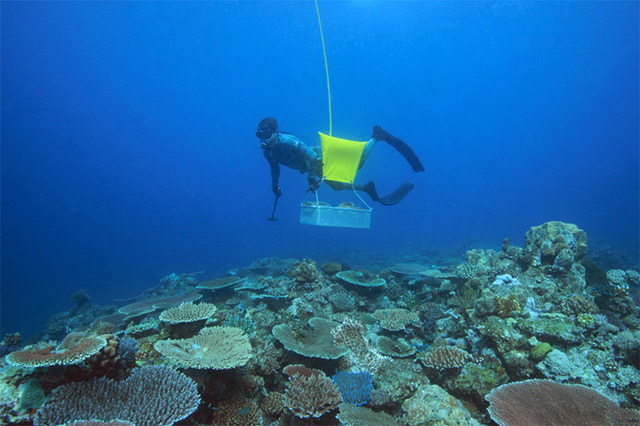
Trust me after 48 hours of this non-sense rhythm, you’re pretty much cooked, and we wonder how these peoples can do it for all these years. Passion is the only thing that keeps them going because you can’t do this job if you’re not passionate about what you’re doing.
Once you’re done collecting, the day is far from over; you still need to load, pack and prepares these corals for the trip back to the shed in these bumpy water. You thought you were done? You still have to get the boat out of the water, wait for the fisheries to check you up, drive back, unload…
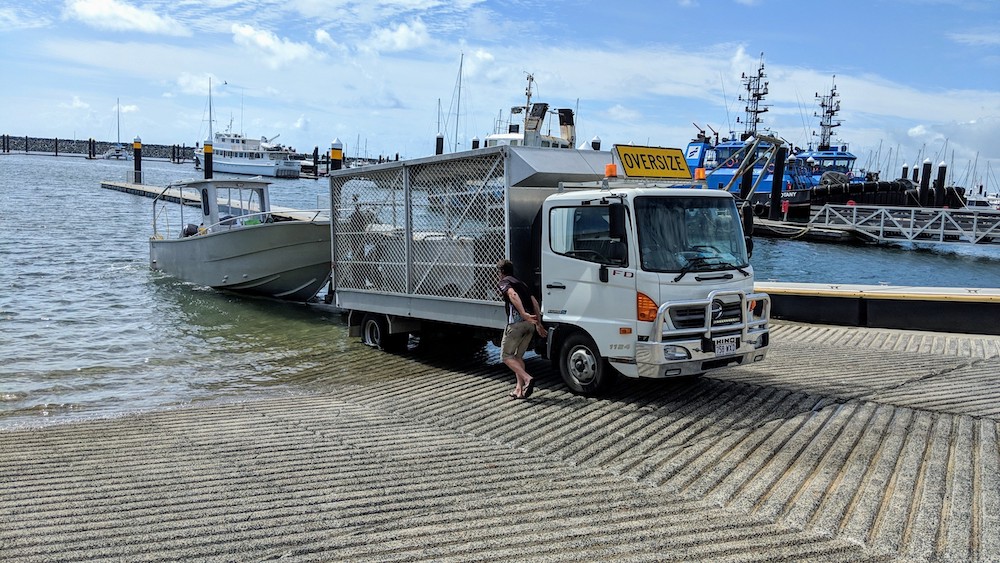
Then few days of sorting, cleaning, feeding, and taking care of these beauties until they are ready to take another long trip all the way to your tanks. Trust us those corals are worth every single cent you pay for them!
Once you realize the difficulty and the risks involved with this job, you understand that conditions need to be optimal if you want to cover the cost of going out, and get the best corals in the best possible conditions. So clear weather opportunities are not that common, so every time there is a chance, you should make the most of it.
So it’s often the case of 3-4 days working non-stop, until the wind and the swell start picking up again, and make going out almost impossible, except on a big high sea boat. We love corals, we love seeing them in the wild, but there are no ways, we would do that job!!
By: Vincent Chalias


